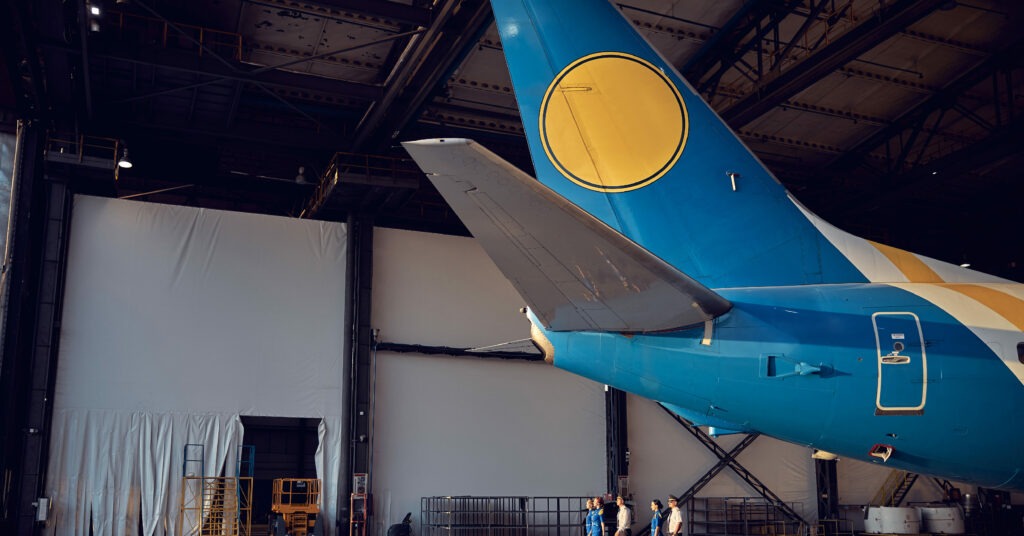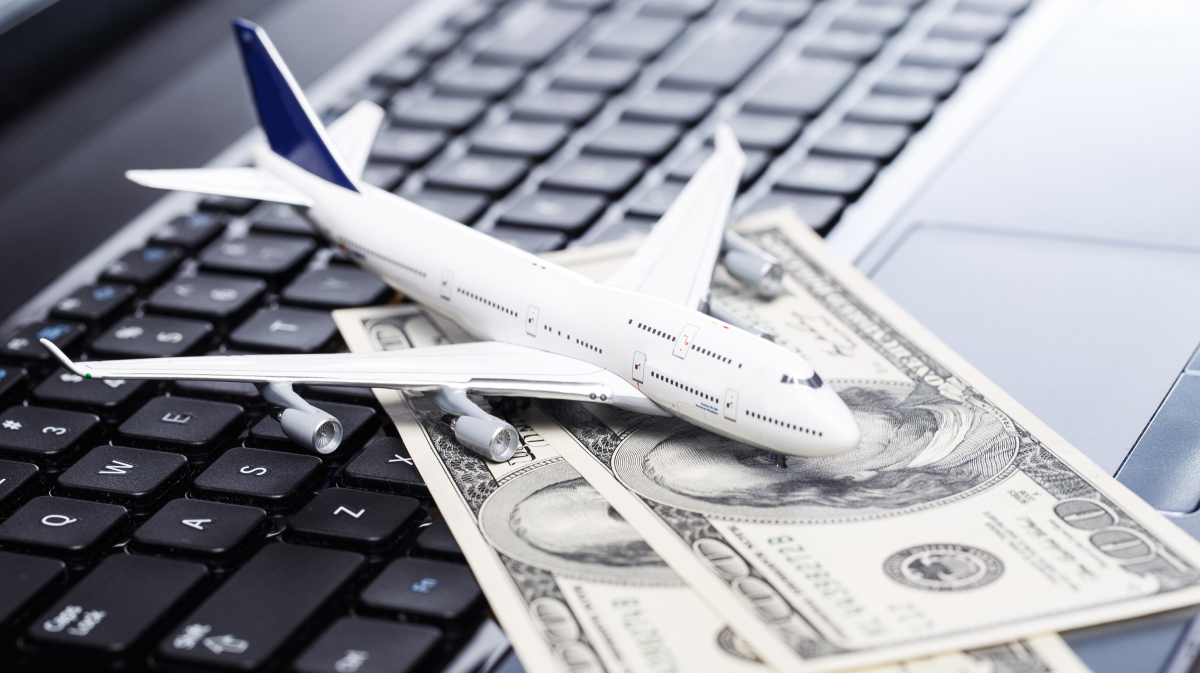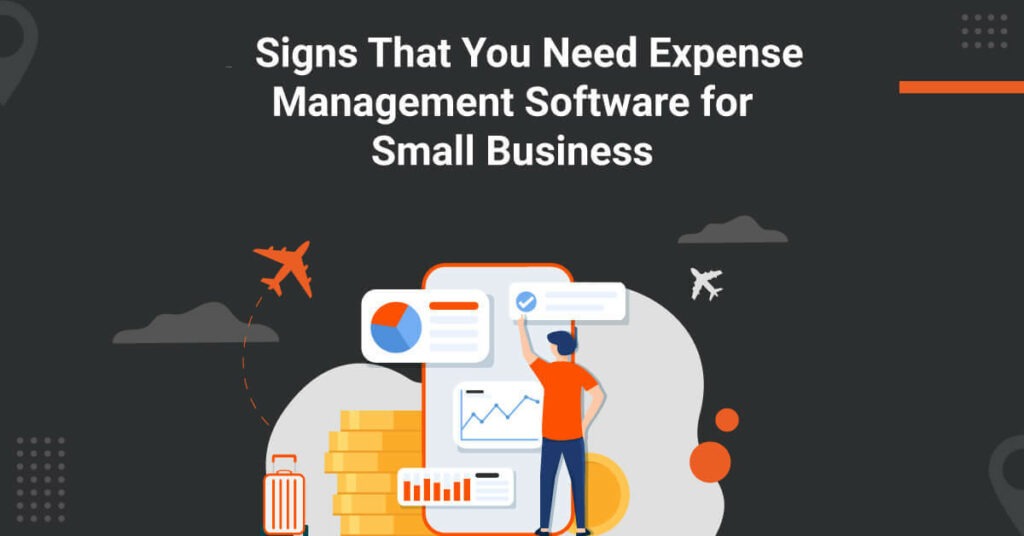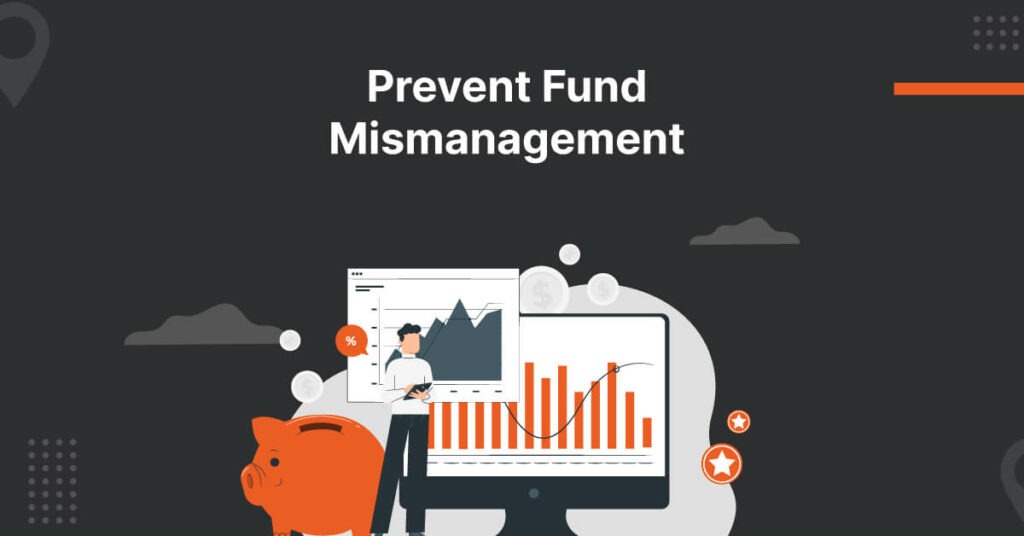
The dynamic and technologically advanced aeronautical industry is pivotal in global transportation and commerce. Characterized by the intricate coordination of various components, from aircraft design to air traffic management, efficiency is paramount for success. Optimizing productivity becomes even more crucial in this high-stakes environment, where precision and safety are non-negotiable.
At the heart of this quest for efficiency lies the challenge of managing diverse expenses associated with aeronautical operations. From the routine travel expenditures of flight crews to the intricate costs of aircraft maintenance, the financial landscape in the aeronautical industry is intricate and demanding. In this context, the role of expense submission apps emerges as a game-changer, offering a streamlined solution to tackle the complexities of financial management.
Challenges of Expense Management
1. Multifaceted Expense Categories: The aeronautical industry grapples with the complexity of tracking diverse expenses that span travel, maintenance, and operational costs. These include the intricacies of crew travel, fuel expenditures, aircraft maintenance, and compliance-related expenses, creating a multifaceted financial landscape.
2. Dynamic Operational Requirements: Operational needs in the aeronautical sector are dynamic and ever-evolving. Managing expenses becomes a challenge due to the continuous adjustments required to accommodate changes in flight schedules, unexpected maintenance issues, and varying operational demands, necessitating a flexible and adaptive financial approach.
3. Global Travel Complexities: The nature of the aeronautical industry involves extensive global travel for flight crews, maintenance personnel, and operational staff. Coordinating and tracking expenses across international borders, dealing with currency conversions, and complying with diverse tax regulations present unique challenges in expense management.
4. Manual Processes and Potential Errors: Many entities in the aeronautical sector still rely on manual processes for expense management. Using traditional methods, such as spreadsheets and paper-based systems, introduces the potential for errors, delays, and increased administrative overhead, undermining overall productivity.
Benefits of Expense Submission Apps
1. Automation of Complex Processes: Expense submission apps introduce a level of automation paramount in handling the intricate processes associated with aeronautical expenses. From tracking crew travel expenses to monitoring operational costs, these apps streamline workflows, reducing manual intervention and the potential for errors.
2. Real-time Reporting and Analytics: One of the standout features of expense submission apps is their ability to provide real-time reporting and analytics. Aviation industry professionals can access up-to-the-minute data on expenditures, enabling informed decision-making. This functionality enhances financial visibility, allowing for proactive adjustments to budgets and expenditures.
3. Mobile Accessibility for On-the-Go Operations: Aeronautical professionals are frequently on the move, whether overseeing operations, attending meetings, or managing flights. They offer mobile accessibility, enabling users to file business travel expenses. This expedites the reimbursement process and ensures that financial data is consistently updated, fostering agility in decision-making.
4. Integration Capabilities: These apps are designed with integration in mind, facilitating seamless connectivity with existing systems used in aviation. By integrating with accounting software, enterprise resource planning (ERP) systems, and other relevant platforms, these apps reduce silos of information, fostering a unified and comprehensive financial ecosystem.
5. Enhanced Compliance and Policy Adherence: Adhering to regulatory standards and internal policies is non-negotiable in the aviation industry. They have features to enforce compliance, ensuring that expenses align with established guidelines. This reduces the risk of non-compliance, penalties, and reputational damage.
Features of Expense Submission Apps
1. Integration Capabilities: Apps with strong integration capabilities are crucial for the aviation industry. Seamless integration with existing systems, such as accounting software and enterprise resource planning (ERP) systems, ensures a cohesive financial ecosystem. This feature minimizes data silos, facilitates efficient data flow, and allows for a unified view of financial information. Aviation professionals benefit from reduced manual data entry, streamlined processes, and the ability to make data-driven decisions with real-time information. The app’s ability to work harmoniously with other tools enhances operational efficiency and financial accuracy.
2. User-Friendly Interface: The user-friendliness of an expense submission app is paramount for successful adoption across diverse roles within the aviation sector. A well-designed interface simplifies the expense submission process, making it accessible to employees with varying technical proficiencies. Intuitive navigation, clear instructions, and user-friendly features create a positive user experience. This ensures that professionals across different departments, from flight crews to administrative staff, can easily engage with the app, promoting widespread adoption and adherence to streamlined financial processes.
3. Compliance Enforcement Tools: Robust compliance enforcement tools are essential features. The app should provide mechanisms to ensure all submitted expenses adhere to industry regulations and internal policies. This includes validation checks, alerts for potential policy violations, and customizable compliance rules. By incorporating these tools, aeronautical companies can mitigate the risk of non-compliance, avoid regulatory penalties, and maintain high financial integrity.
4. Mobile Accessibility: Given the mobility inherent in many roles within the aviation industry, an effective expense submission app must offer seamless mobile accessibility. This feature allows users to submit expenses, capture receipts, and access financial data while on the go. Real-time updates and approvals can be facilitated through mobile platforms, empowering aviation professionals to stay connected with financial processes regardless of location. Mobile accessibility enhances agility in decision-making and ensures that financial information remains current and actionable.
5. Real-time Reporting and Analytics: Comprehensive reporting and analytics capabilities are important. Generating real-time reports provides aviation professionals with valuable insights into expenditures. This feature enables timely decision-making, proactive budget adjustments, and strategic financial planning. By harnessing the power of real-time data, aeronautical companies can optimize financial strategies, identify cost-saving opportunities, and maintain a competitive edge in the dynamic aviation landscape.
File Business Travel Expenses with ITILITE
If you’re looking for the best way to file business travel expenses, you’ve come to the right place. Filing expenses for an industry so big is difficult. But ITILITE streamlines the process for you. You can simply upload receipts and get reimbursed quickly.
Keep track of all your aviation expenses in one place. To know more, book a 30-minute demo with ITILITE.














